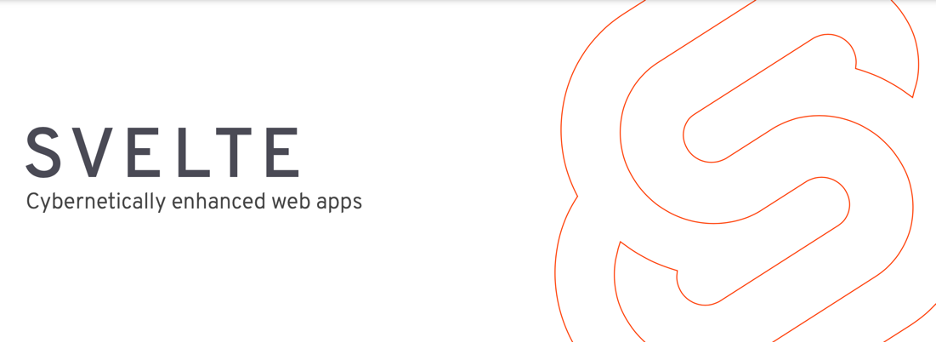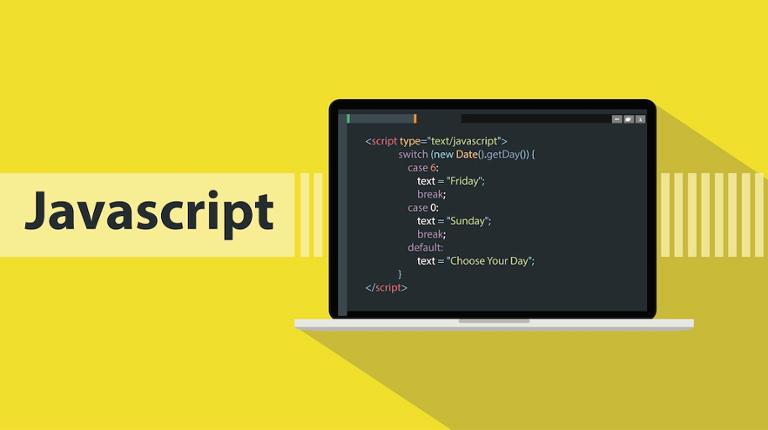If you said JavaScript makes the digital world go ‘round, we wouldn’t have reason to argue. While HTML and CSS take care of the data and styling of the web, JavaScript handles much of its functionality. By and large, JavaScript enables what users find most useful about webpages and web apps.
However, JavaScript code can get fussy if it’s not managed properly, which is why, if you’re a web developer, finding a good framework is a great idea. Here are five favorites to consider.
React

Developed by Facebook, React is a declarative framework for creating responsive, highly interactive websites and web apps. It helps you write readable code that is easily debugged.
React creates a virtual DOM for every DOM object, and allows for stateful updates. React says this is due to the component logic itself being written in JavaScript. Perhaps best of all, React is component-based, and easily extensible across your codebase.
Some would argue React is a library and not a framework, and that’s fair—but it’s massive and popular, with enough tooling that it should be considered a library. Because React has a lot of tooling, it can be difficult to learn; once you get the hang of it, though, you’ll quickly understand why so many enjoy it.
Angular

Whereas React can feel all-encompassing at moments, Angular presents itself more like a proper JavaScript framework for use with other tooling. Part of the MEAN stack, Angular is meant to be used with the MongoDB database, Node.js, and Express.js.
Maintained by Google, Angular is enterprise-scale by design, and is considerate of caching to enable better server performance. Strictly component-based, Angular allows for reusable code throughout your codebase, and has a ton of third-party integrations.
Angular is well-documented with a vibrant community on GitHub, as well as a really thorough library. If there’s a downside, it’s a reliance on Typescript, which adds to its learning curve. It’s also heavy: At 500-plus KB, Angular is typically not a great choice for smaller applications.
Vue.js

Where Angular falls off for small projects, Vue.js picks up its slack. Inspired by Angluar, Vue.js is a lightweight JavaScript framework which is highly versatile. Its 20KB zipped runtime filesize makes it perfect for single-page applications.
Like React, Vue.js also virtualizes DOM clones, which account for all changes made client-side. It may be easier than adopting React as Vue.js adopts an MVC architecture for quick configurations, and easier to learn than Angular because Vue.js relies on simpler HTML templates so as not to add complexity to your code.
Well documented, Vue.js uses single components that have the HTML, CSS, and JS code within, making the modules easy to implement and maintain. If there’s a downside to Vue.js, it’s the small community, and that it’s less in-demand as a job skill than Angular or React.
Ember

While we won’t go so far as to recommend one framework over another, Ember checks a lot of boxes. It offers HTML and CSS in its components like Vue.js, is great for single-page applications while remaining scalable, can be installed and managed via npm, and has many easy to use templates.
There’s a reason Netflix, Apple, LinkedIn, Square, Heroku, and Microsoft all use Ember. The framework is updated every six weeks, and claims it maintains a strong commitment to stability. Ember also has its own conference, Discord community, dedicated podcasts, and tons of options for learning Ember.
Ember is highly opinionated, which makes customization difficult. It’s also waning in widespread popularity, though it does seem to have a dedicated cadre of users.
Svelte.js

Svelte is fairly new, but some developers think it can overthrow React as the de facto JavaScript framework. Think about that for a minute.
Component-based (HTML, CSS, and JS) and small, Svelte was written in TypeScript – but doesn’t demand you know TypeScript to fully use it. It doesn’t rely on a virtual DOM; this, along with its small size and component-based architecture, makes it one of the fastest frameworks around. If performance matters – and it always should – Svelte is worth a look.
The ‘newness’ of Svelte means it has a small community, limited user-base, no jobs requiring it as a skill, and a lack of interaction with third-party components. But if you want to get up and running with a more vanilla JS experience, Svelte is awesome.
Conclusion
These are a few of our favorite frameworks for front-end JavaScript development. There are plenty more that also encompass server-side tooling or a full-fledged experience, and may suit your needs better if you’re looking for a single framework.



